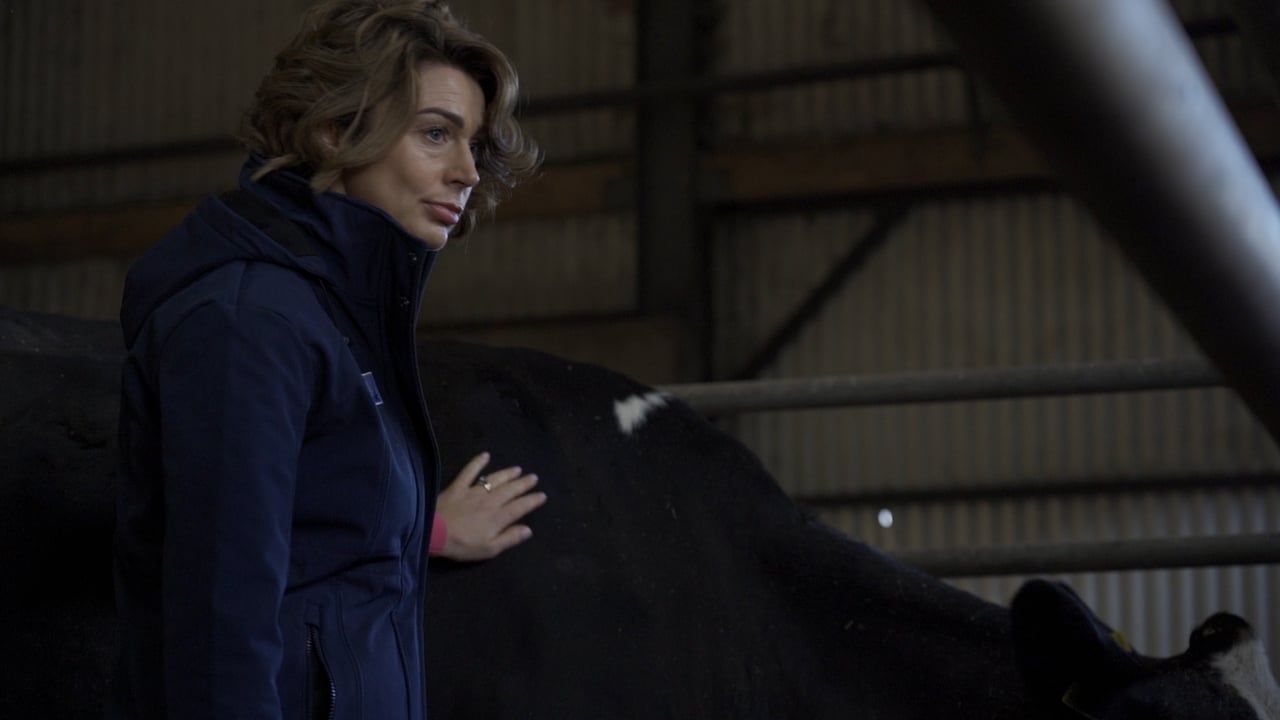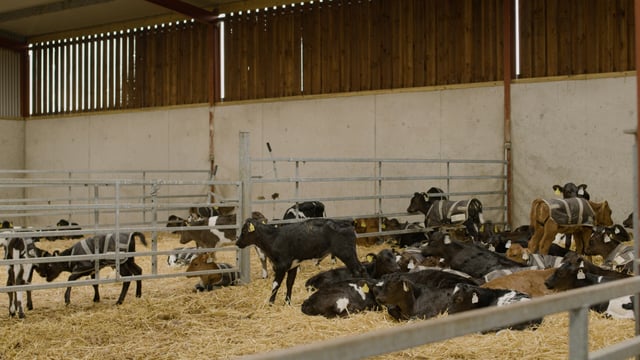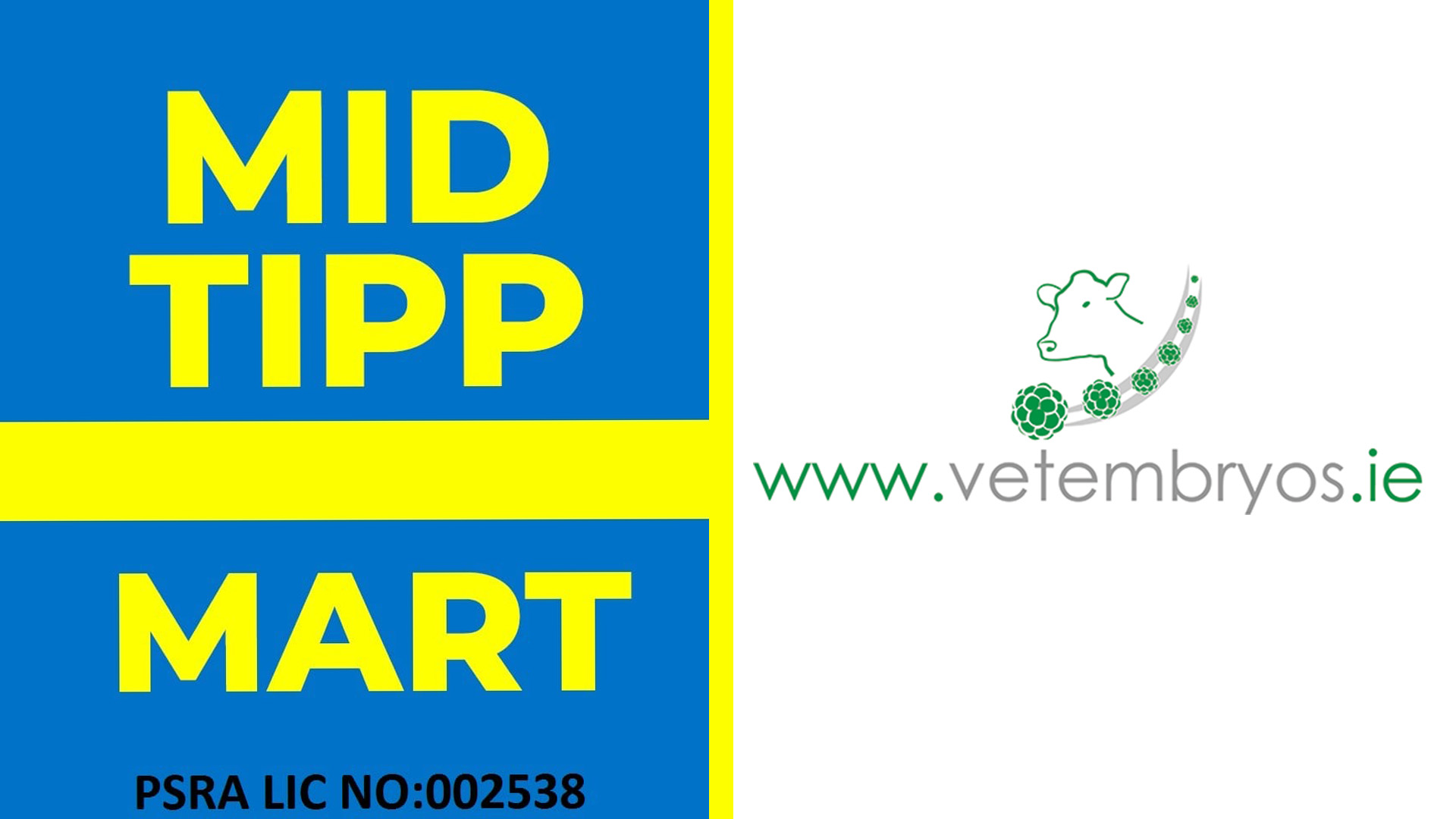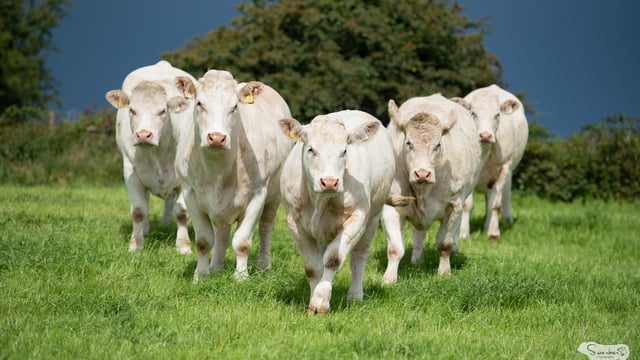Sponsored Article

Sponsored Article
Watch: Energy balance is essential in early lactation
Sponsored Article

Ketosis is a common metabolic disease in dairy cattle and occurs when the animal’s energy intake fails to meet its needs and the cow begins to draw from her body reserves, resulting in a state of negative energy balance (NEB).
Ketosis for the most part is a condition of freshly calved cows as a result of reduced energy intake in late pregnancy, the physiological demands of parturition and the sudden energy demands of early lactation.
“Although we often associate ketosis with fat cows or underfed cows around the transition period, it can also occur for a variety of other reasons," Maura Langan, Norbrook veterinary advisor explained.
"At this time of year, modern high-producing dairy cows with milk fever, LDAs (left displaced abomasum), mastitis and metritis might all be at risk of secondary ketosis.
"This is caused by the appetite suppression associated with illness and the increased energy required to deal with any infection. The effect of negative energy balance will also impact her recovery."
Essentially ketosis occurs when there are elevated levels of ketones in the blood, urine or milk, indicating that the metabolic processes in the liver are being overwhelmed.
Unfortunately, the ketones released as part of this process suppress the cow’s appetite, creating a vicious circle that results in weight loss and a drop in milk yield.
As well as elevated ketone levels, cows with ketosis can display clinical signs of the condition. Clinical signs include dullness, reduced feed intake, reduced milk production and may include behavioral changes such as excessive licking or aggression as well as staggering.
“Clinical ketosis is often the tip of the iceberg, and in many herds, we find that cows with the subclinical form of the disease go undiagnosed," Langan said.
"Studies have shown that reduced milk yield, lower milk protein production, increased prevalence of LDAs and ultimately reduced fertility are all associated with subclinical ketosis.
"I would encourage farmers to be aware of the impact it can have on the productivity of their herd and where possible to adopt strategies to avoid it."
Body condition score (BCS) at calving is a key determinant of ketosis risk. Fat cows with a BCS of ≥3.5 are at particular risk. Thin cows (BCS ≤2.5) and those with insufficient nutritional intake are also susceptible.
Any cow with additional energy needs, such as high yielders, those carrying twins or with any disease or inflammation will also be at risk of ketosis.
Where possible, farmers should identify ‘at risk’ cows in the weeks prior to calving and remain vigilant in the first couple of weeks of lactation as even correctly conditioned, low-risk cows may be susceptible if stressed; for example, following a difficult calving or a case of milk fever.
Treatment of ketosis is aimed at reestablishing normal glucose levels and reducing serum ketone concentrations. By breaking the cycle of ketone production, appetite recovers and the animal’s voluntary intake begins to meet her energy requirements.
“Norbrook has introduced a bolus called Ketonor+ that contains propionate as a source of glucose for at risk cows and also contains Vitamins A and E, selenium, niacin, cobalt and yeast to support the liver, rumen and immune system," Langan added.
"This helps breaks the cycle of ketone production and helps her to want to start eating again.
"Ketonor+ can also be used as a supportive therapy in sick or convalescent cows that are at risk of ketosis alongside non-steroidal pain relief and antibiotics, where deemed appropriate by your vet."
For more information on managing ketosis in dairy cows, click here, or visit www.norbrook.com.
Sponsored Article






